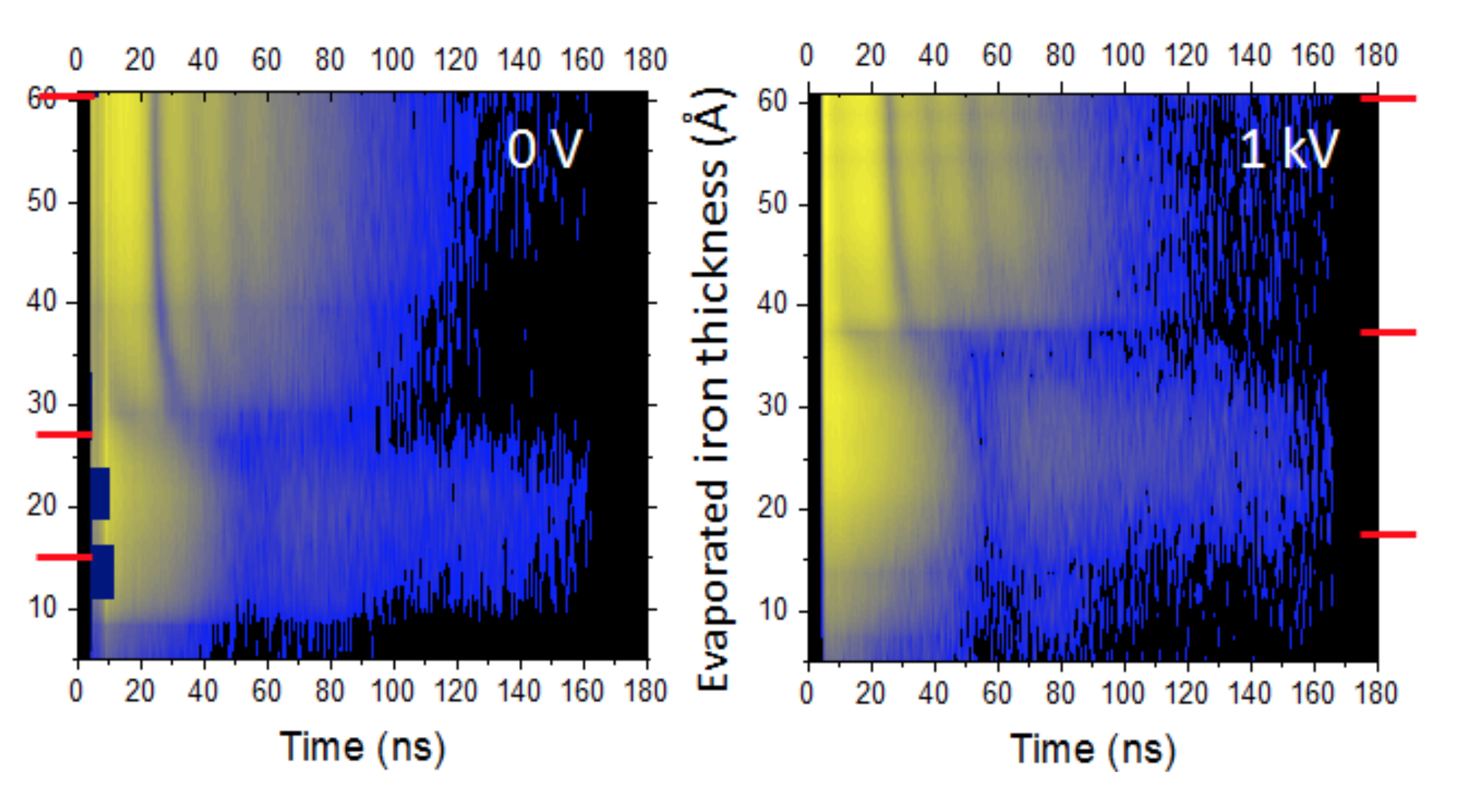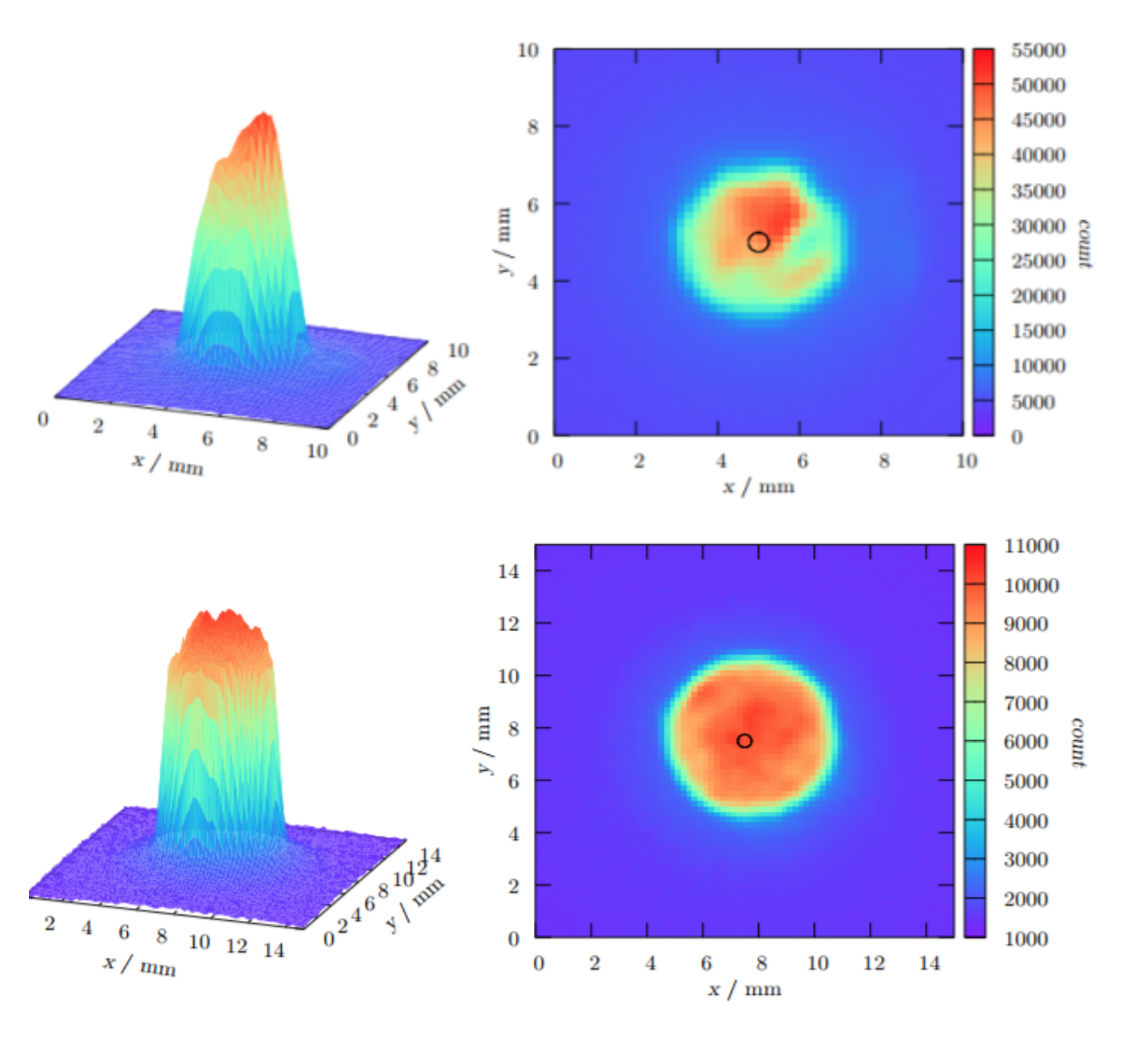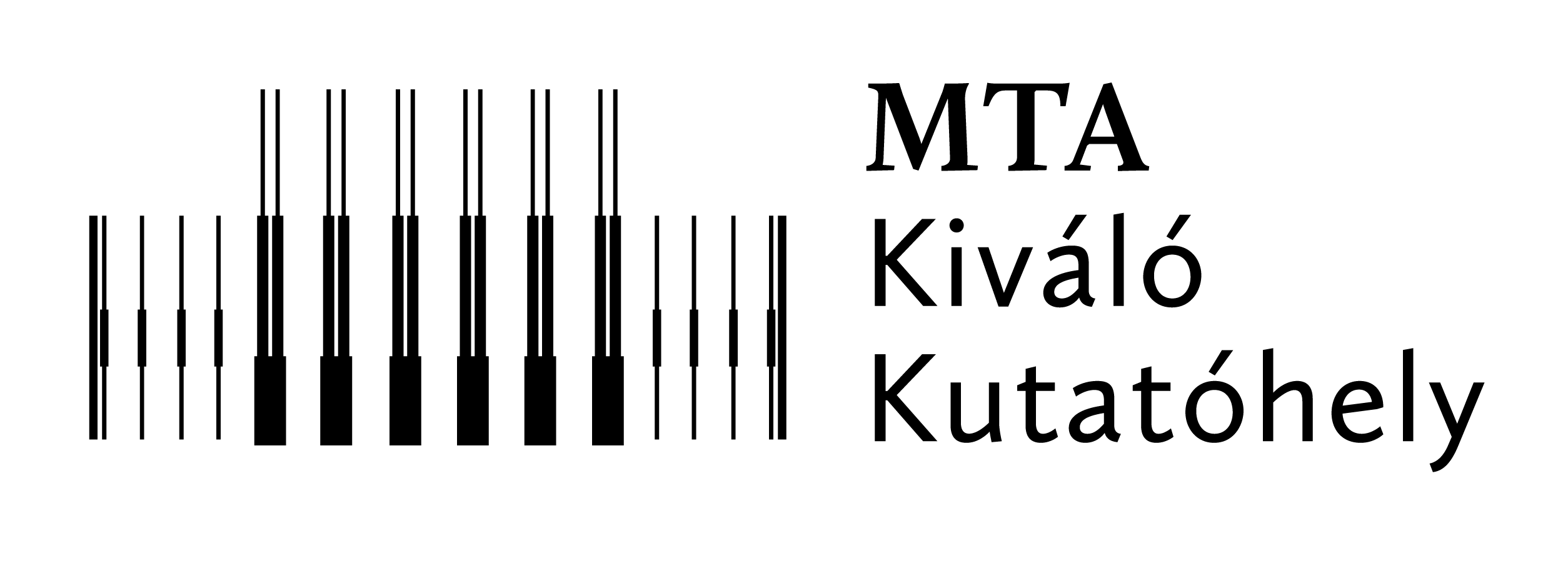2017
In situ study of electric field controlled ion transport in the Fe/BaTiO3 interface. — The development of more advanced devices which can reflect upon the challenges of our world requires the exploration of novel material properties. Special systems which combine magnetic and electronic properties into a multifunctional material are excellent subject of this demand.
In multiferroic materials (in short multiferroics) the coexistence and coupling of ferroelectric and magnetic order enables the fine control and modulation of electric polarization by magnetic field (direct magnetoelectric effect, ME) or the magnetic field by electric polarization (converse magnetoelectric effect). The electric field control of magnetic spin will lead to significantly lower energy consumption in actuators, information storage and spintronics devices, a key issue for sustainable development. Not only the reduction of energy consumption but also the production of energy from ambient sources such as vibrations, sound, radiofrequency waves, light, temperature gradients and also novel medical applications give new perspectives for multiferroic materials. The Fe/BTO system, as a great example of strong ME coupling, is an excellent system to investigate this phenomenon. Several works reported as well that an applied electric field can alter the properties of this system.

Figure 1. Nuclear forward scattering spectra as a function of deposited iron-57 on BaTiO3 substrate in case of 0 V and 1 keV applied voltage.
Electric field controlled ion transport and interface formation of iron thin films on a BaTiO3 substrate have been investigated by in situ nuclear resonance scattering and x-ray reflectometry techniques. At early stage of deposition, an iron-II oxide interface layer was observed. The hyperfine parameters of the interface layer were found insensitive to the evaporated layer thickness. When an electric field was applied during growth, a 10 Å increase of the nonmagnetic / magnetic thickness threshold and an extended magnetic transition region was measured compared to the case where no field was applied. The interface layer was found stable under this threshold when further evaporation occurred, contrary to the magnetic layer where the magnitude and orientation of the hyperfine magnetic field vary continuously. The obtained results of the growth mechanism and of the electric field effect of the Fe/BTO system will allow the design of novel applications by creating custom oxide/metallic nanopatterns using laterally inhomogeneous electric fields during sample preparation (Fig.1).
Preparation of 57Co (α-Fe) Mössbauer sources of uniform lateral activity distribution. — The quality of Mössbauer source can influence the experimental results, which may lead to false scientific conclusions. Due to the self-absorption of the resonant radiation by the daughter nuclei, the effective half-life of a radioactive Mössbauer source can be significantly decreased in case of high specific activity. For a given initial activity and source area, the lifetime is the longest for the homogenous lateral activity distribution. Besides, for the precise absolute determination of resonant line intensities, the time-dependent effective Lamb–Mössbauer factor of the source needs to be exactly known, a condition which can only be fulfilled for a laterally perfectly homogenous source. This is especially important in Mössbauer polarimetry, a unique laboratory method for the determination of the alignment and direction of magnetisation in buried layers of thin films and multilayers. Due to special geometric and radiation protection conditions, the necessary 57Co (α-Fe) sources are not available commercially.

Figure 2. Activity distribution of 57Co (α-Fe) sources prepared without (top) and with (bottom) using the new preparation technology, respectively.
A new technology for preparing 57Co (α-Fe) Mössbauer sources of lateral activity homogeneity better than 10 % was elaborated and an application for its patenting has been filed. The homogeneity of the lateral activity distribution was verified by a newly developed scanning setup of about 250 μm lateral resolution. In Fig. 2, the lateral scans of the activity distribution of 57Co (α-Fe) sources prepared without (top) and with (bottom) using the new preparation technology are shown, respectively. It can be seen, that a great improvement in the homogeneity could have been achieved, therefore this novel preparation technology of 57Co (α-Fe) source is expected to be used widely in Mössbauer polarimetry applications.



